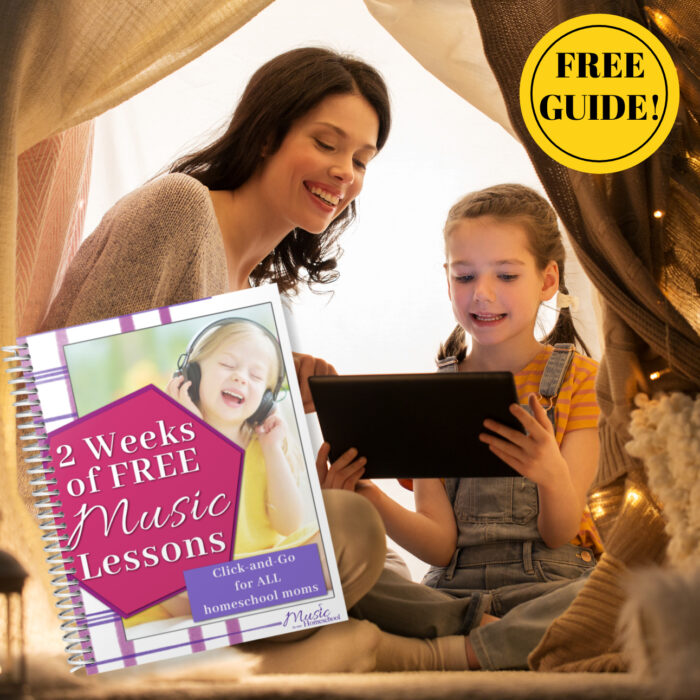Homeschool High School: Using Socratic Discussion for Literature Studies
Today I'm continuing in our homeschooling high school series by sharing one of the ways we study literature–through Socratic discussion!
Disclosure: I get commissions for purchases made through affiliate links in this post.
What is Socratic Discussion?
I'll start out by explaining what a Socratic discussion is and then I'll tell you why it's such a wonderful method for high school students to use while studying literature (and history!)
Socratic discussion is a method of teaching that was used by Socrates. He went around Athens asking questions of others, followed up with another question and then another question. He made the one being questioned reconsider his last point. So, Socratic discussions teach students by asking leading questions.
Tapestry of Grace
What we use is a curriculum called Tapestry of Grace. For the high school students, they have a set of questions to work through for both literature and history each week. They read the assignments and write down the answers. But their written work isn't to turn in; it's to prepare them for the discussion.
Then, once a week the teacher leads the students through the discussion script. She'll ask a question and if the student doesn't get to the point yet, she asks another leading question. The script makes it fairly easy to lead the students through the Socratic discussion, but it still takes some practice. The teacher's goal is to lead the student step-by-step toward an insight she has in mind but the student has yet to discover.
Benefits of Socratic discussion
The goals for younger teens are to make connections and understand the main idea. For older teens, we want them to analyze and synthesize the information. They also get many opinion questions and the discussion leads them to understand the Christian worldview.
There are some other benefits to this method of teaching. If the students are doing it in a group (rather than just mom and student, which can work well, too), they learn to listen to each other and use manners by taking turns. They learn to express themselves better. The questioning method retains the focus of the students. They remember the conclusions better when they have been led to come up with a different insight than they originally had.
How to do Socratic Discussion
Socratic discussion is a unique style of learning and teaching. It's not a lecture, or a conversation with peers, or a panel discussion, or a debate, or question/answer time. It's so different than anything I have experienced before. I really love that my students are learning about literature and history this way!
Here are a few ideas of questions to ask if you want to use the Socratic method with your own students!
- What do you mean by. . . ?
- Why do you think that. . . ?
- Does that fit with what we said earlier. . . ?
- Can you summarize so far. . . ?
- Can you elaborate. . .?
- Do you agree with the author's point of view. . . ?
- Describe how you arrived at your answer. . . ?
- Can you rephrase that. . . ?
Find more about using the Socratic method at Tapestry of Grace.
Here are the other posts in my Homeschooling High School Series:
- The How-To Book for homeschool high school
- Choosing the Coursework–What classes should my student take in order to graduate from homeschool high school?
- Using a 4-Year High School Planner for homeschool high school
- Our Curriculum Choices for homeschool high school
- The Top Tip for Planning Homeschool High School
- Homeschool High School Public Speaking, Drama, Speech, and Debate
- Why We Changed our History Curriculum for Homeschool High School to Tapestry of Grace
Now have fun reading these other blog posts about English in the Homeschool High School:
- Carol from Home Sweet life shares Homeschooling High School- Language Arts (&History!)
- Leah from As We Walk Along the Road shares Teaching Language Arts in High School: Curriculum and Activity Choices
- Tess from Circling Through This Life shares Teaching High School Language Arts: Resources
- Michele from Family, Faith and Fridays shares Language Arts
- Wendy from Life at Rossmont shares Highschool Language Arts
- Erica from Be the One shares Language Arts Resources
- Kym s from Homeschool Coffee Break shares History in the Form of Stories
- Debbie from Debbie’s Homeschool Corner shares Teaching High School English
- Laura from Day by Day in Our World shares How to Teach High School Language Arts Without Tears







We use socratic discussion techniques too – in fact asking open, leading questions works for any getting our kids to think about anything – including their heart issues. Thanks for writing this all up – it is very helpful and I’ll be sharing it.
Thank you, Belinda. I need to remember to use the method more in every day life.
–Gena